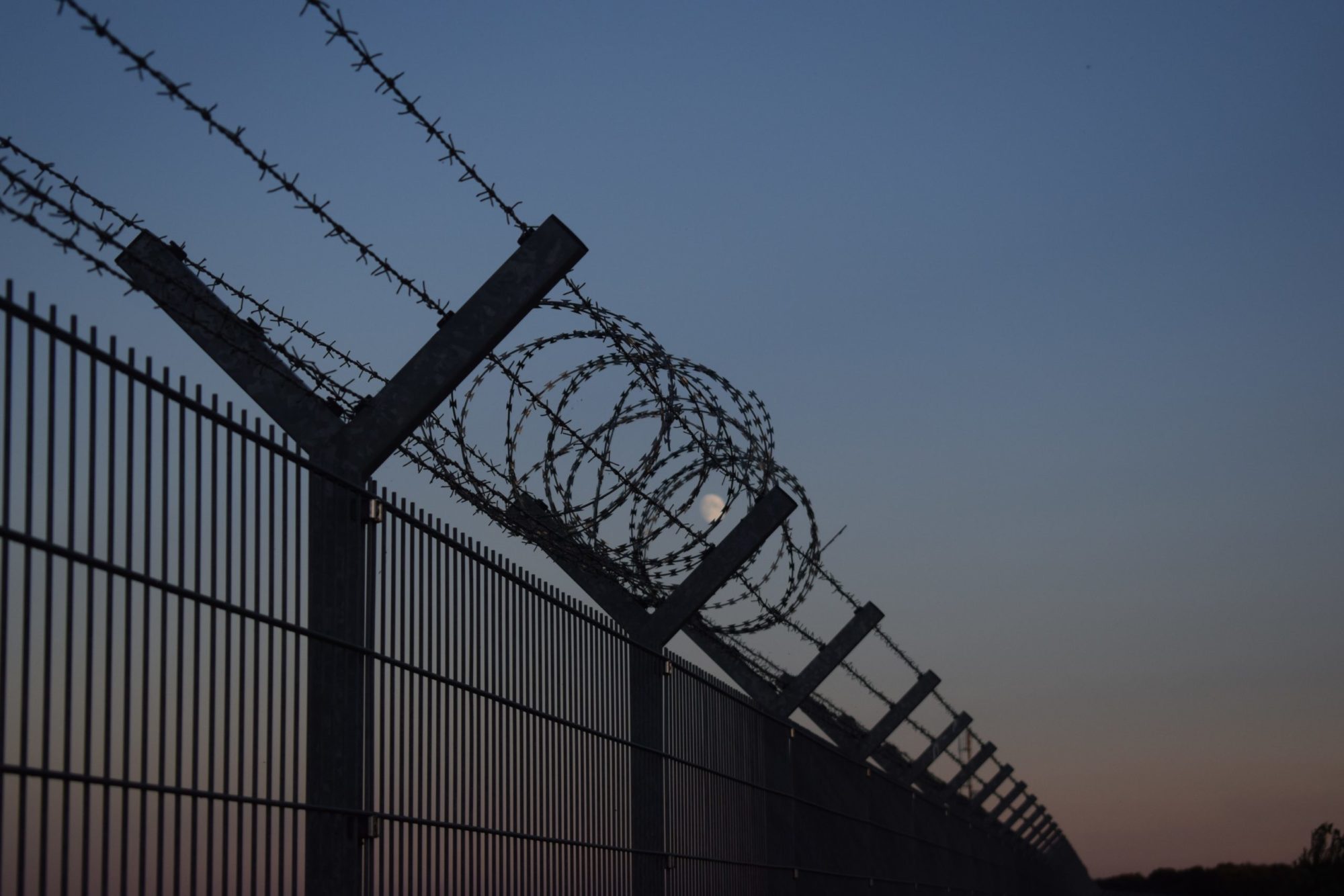The US military is currently occupying part of southern Cuba. That’s not how most would describe the notorious naval and prison complex at Guantánamo Bay, but the last 20 years of indefinitely imprisoning Muslim men are just the latest legacy of this American colonial vestige.
As the fourth American president to preside over those detained at Guantánamo, President Joe Biden committed to closing the prison soon after entering office. Like his well-meaning predecessor, President Barack Obama, Biden seemed to understand that there is no justice to be found by continuing the legacy of illegal indefinite detention and ensuing torture. Yet, one year later only one detainee has been transferred out of Guantanamo; 39 remain. The most significant development has come from the Pentagon, which has quietly begun work on yet another courtroom complex (this time without public access). Building a new wing for trials that have become a laughing stock of justice is an odd way of showing your administration is committed to the rule of law.
For all its reviews and commitments (and well-intentioned people in the administration who personally care about this issue), the administration seems uninterested in investing the political capital needed to end this dark chapter of American history. Without closing Guantánamo, there won’t be an end to our endless wars — it will remain a vestige and symbol of the US government’s decision to respond to tragedy with repression, torture, and racist state violence; not to mention its unwillingness to admit the truth of its failings.
THE PILLAR OF US INJUSTICE
Two decades ago this week, the first group of Muslim men arrived at the secretive prison the Bush administration began erecting just months after 9/11. Since its creation over 20 years ago, 779 people have been detained at Guantánamo, nearly all without charge, and in many cases without access to counsel. Countless detainees have been tortured, abused, or subjected to inhumane treatment while at the prison or CIA black sites during the George W. Bush administration — the extent of which we do not yet know because the Obama administration actively blocked its declassification.
Like all racial profiling, US post-9/11 indefinite detention has continued under the presumption of guilt rather than innocence to disastrous results.
How did this happen? It was the ultimate bending of legalizing inhumane, Geneva Convention-violating practices in the name of security. By using legal terms of art, the Bush administration effectively stripped detainees of their fundamental human and due process rights so long as they were alleged to be affiliated with al Qaida or the Taliban. That meant so long as a “credible” source told the US military an individual was affiliated with one of these armed groups, the US government could detain anyone without any recourse.
The military even went so far as setting up its own counterterrorism courts for these “high value” detainees it housed at Guantanamo, but the Supreme Court questioned its constitutionality. For example, in 2004 in Hamdi v Rumsfeld, the Supreme Court ruled that an “enemy combatant” had due process rights and the right to contest the detention. In response, Congress — in all of its wisdom — endorsed indefinite detention by passing the Military Commissions Act (MCA) in 2006. By banning detainees from access to the US justice system and the civil liberties protections it provides, Congress created a dysfunctional, shadow military court system that the families of victims of 9/11 have declared an injustice, and which is an affront to their losses. Even the military lawyers appointed to the commissions argue they don’t work, while the Supreme Court basically called the MCA unconstitutional in Boumediene v Bush.
GUILTY BEFORE PROVEN INNOCENT
For decades the US government has failed to provide evidence of these individuals’ role in the 9/11 killings, while ample evidence of many of these detainees’ torture in CIA or US partner custody and their ensuing forced confessions has surfaced. Unfortunately, the traumatization of Guantánamo detainees does not end when those lucky few have been allowed to leave, who then face repatriation, further detention, forced deportation, abuse, and/or essentially being rendered stateless with little hope.
Like all racial profiling, US post-9/11 indefinite detention has continued under the presumption of guilt rather than innocence to disastrous results. It shouldn’t be lost that most of the people who have passed through Guantánamo’s prison doors have been Muslim men, many of who were captured in return for US-paid bounties in Afghanistan, Pakistan, and beyond. But the United States’ indefinite detention of people of color at Guantánamo didn’t start in 2002, of course: The US “leased” (read: colonized) the enclave in 1903 and set up for the indefinite detention (and forced sterilization) of Haitian refugees in 1991 — a legacy Trump considered building on during his tenure.
The opening of an extraterritorial, extrajudicial prison to detain people on the basis of bribes and suspicion should have always been seen as the recipe for disaster it’s always been. Demonizing and terrorizing others in response to our insecurity was always going to be incapable of providing justice for the losses experienced on that fateful September day.
Twenty years on, will we finally learn? Biden said he had; he alone has the power to act unilaterally and close Guantánamo for good. So, what’s stopping him?
Kate Kizer is a progressive foreign policy writer and strategist and a columnist at Inkstick.




















